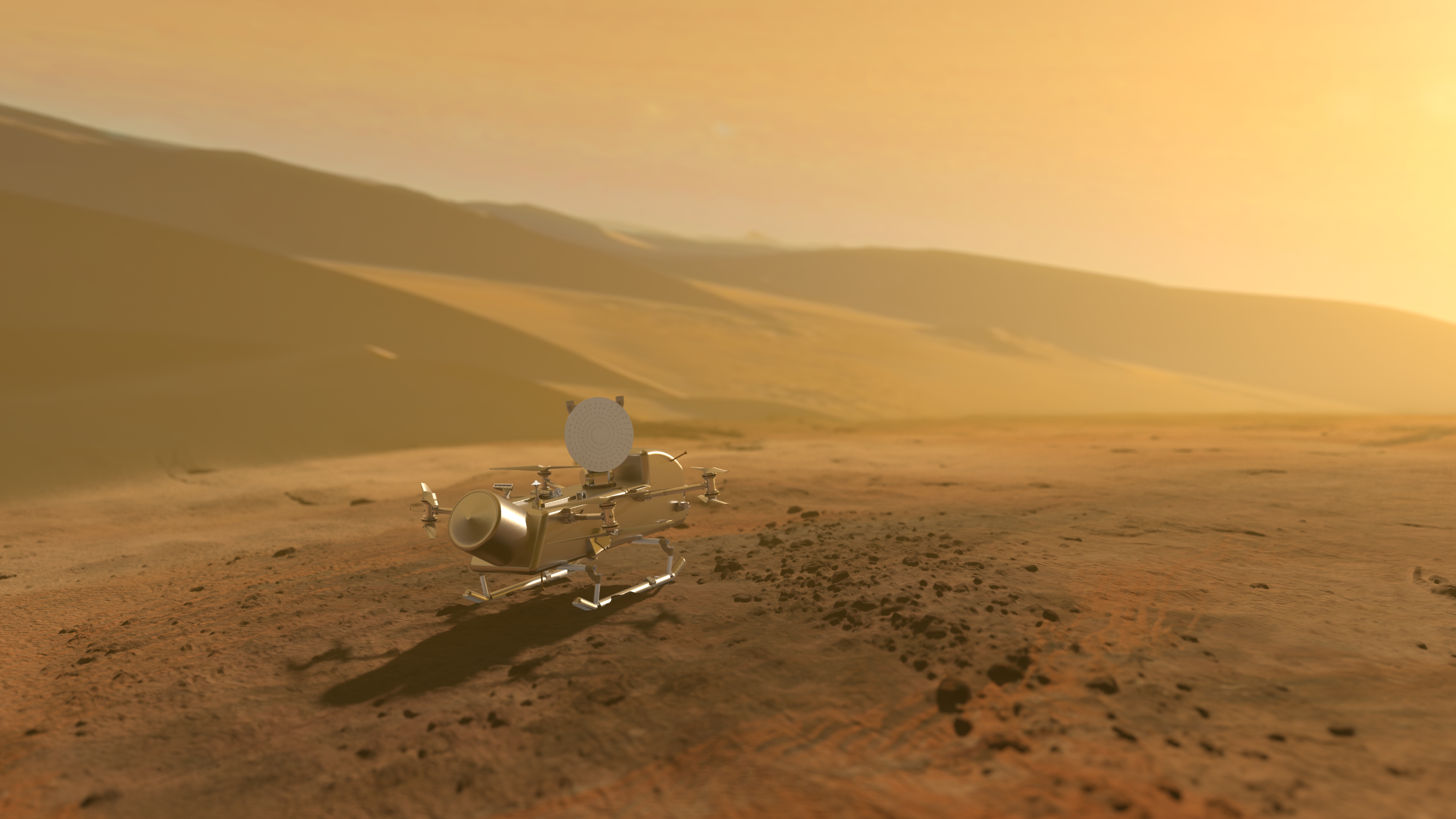2 min read
Todd J. Barber, Cassini lead propulsion engineer
Hello again from Cassini flight operations! Like most of America, I've been somewhat incapacitated by the virulent flu bug making the winter rounds this year. Please forgive my three-week hiatus from this column due to its lingering effects. As if it weren't tough enough to get caught up with technical work after such an absence, however brief, it also befuddles my futile attempts to stay current with the ongoing flood of Cassini science results. I wouldn't have it any other way, however -- the science must go on!
I think it's wholly appropriate that a couple of news items from beguiling Enceladus were featured recently, as we are only six days from a glorious 50-km (30-mile) flyby of this moon as I write this. Perhaps most surprisingly, it appears that some of the icy ejecta from Enceladus does not stay within Saturn's tenuous E ring but actually migrates and makes it to the outer edge of Saturn's magnificent A-ring! We also enjoyed some press in the technical arena with a "Nature" article about the potential workings of the internal "plumbing" of Enceladus that somehow allows for icy plumes to be ejected into space around Saturn. I sometimes tease people and say that I am a space plumber (as a propulsion engineer), but apparently scientists sometimes share in this job description as well.
Since my last column, there was also a great press release about mysterious dark material found on many of Saturn's moons. An integrated flagship mission like Cassini is the only way to ask and attempt to answer such big questions in the richly complex Saturnian system. Interdisciplinary approaches are starting to tease out the history of these vexing surface materials, their genesis, and their diversity and similarities on the satellites of Saturn. The Cassini magnetometer also found high-energy electron "holes" that may signal the presence of additional rings of Saturn. Through all of this, we executed a very important Titan flyby, T41, including imaging of the Huygens landing site! Clearly, I need to continue pumping my Vitamin C so I might never get behind like this again -- Saturn science waits for no one! We'll see you on the other side of Enceladus -- may you all be happy, healthy and well.







